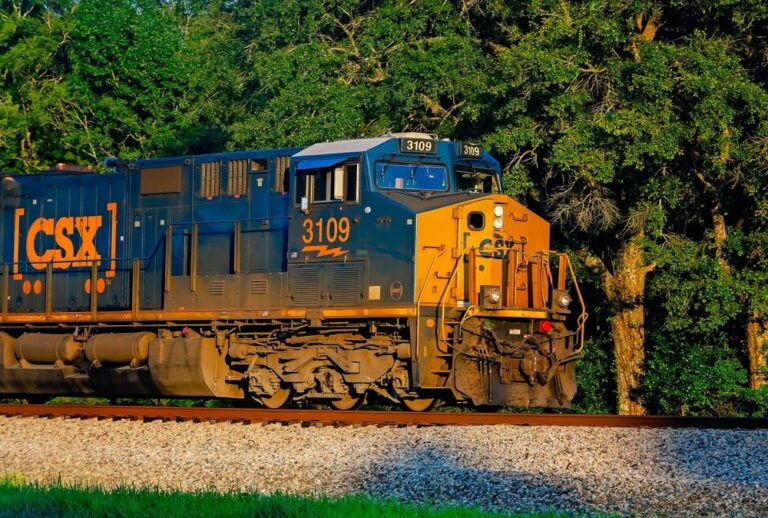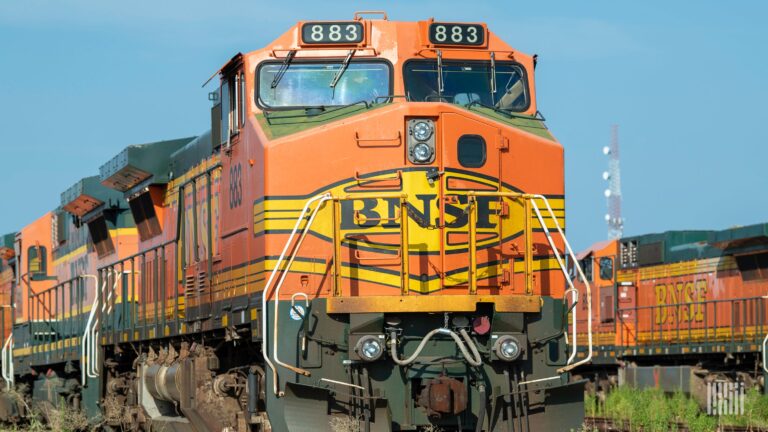
According to FreightWaves’ analysis of transportation data, the prolonged slowdown in the movement of physical goods indicates that the U.S. economy is in a commodity recession. High-frequency data from the SONAR platform shows that while consumer spending on services may be holding steady, the flow of critical goods to the manufacturing, retail and industrial sectors has stalled.
Also Read: Using Transportation Technology for Smarter Global Business Operations
A bumpy ride: Bear markets from 2018
The transportation market showed signs of pressure at the beginning of 2018. By 2019, the industry entered a “truck bloodbath” recession characterized by excess capacity and rate cuts that eliminated many smaller carriers. The Covid-19 pandemic in 2020 initially caused supply chain disruptions, but was followed by a boom from stimulus reviews, increased e-commerce and inventory restocking, which pushed the Outbound Tender Volume Index (OTVI.USA) to record highs in 2021-22. During this time, truck driver employment increased to more than 1.6 million.
Beginning in March 2022, the “Great Shipping Recession” began as inflation and consumer spending returned to services, causing shipping volumes to fall sharply. OTVI fell and reached its lowest point in 2023, while driver employment began to gradually decline. A potential recovery emerged in the second half of 2024, with OTVI starting to move higher than truck driver employment, suggesting the market is moving toward balance.
Plunge 2025: Kill Recovery
The recovery was short-lived, as 2025 saw a severe recession. Transportation demand, as measured by the OTVI, has fallen to levels not seen since the depths of the pandemic and currently stands at roughly 9,420, down 18 percent from last year. At the same time, truck driver employment has returned to pre-pandemic levels of about 1.523 million, reflecting continued adjustments as well as continued overcapacity in the industry.
Source: IndexBox Market Intelligence Platform



